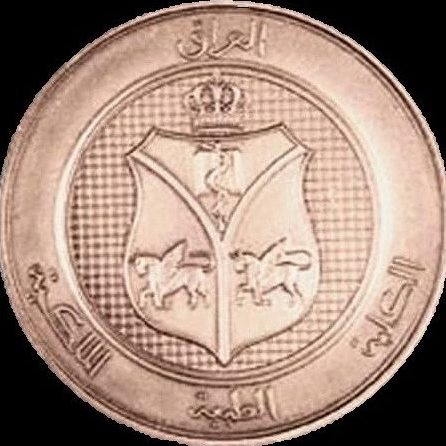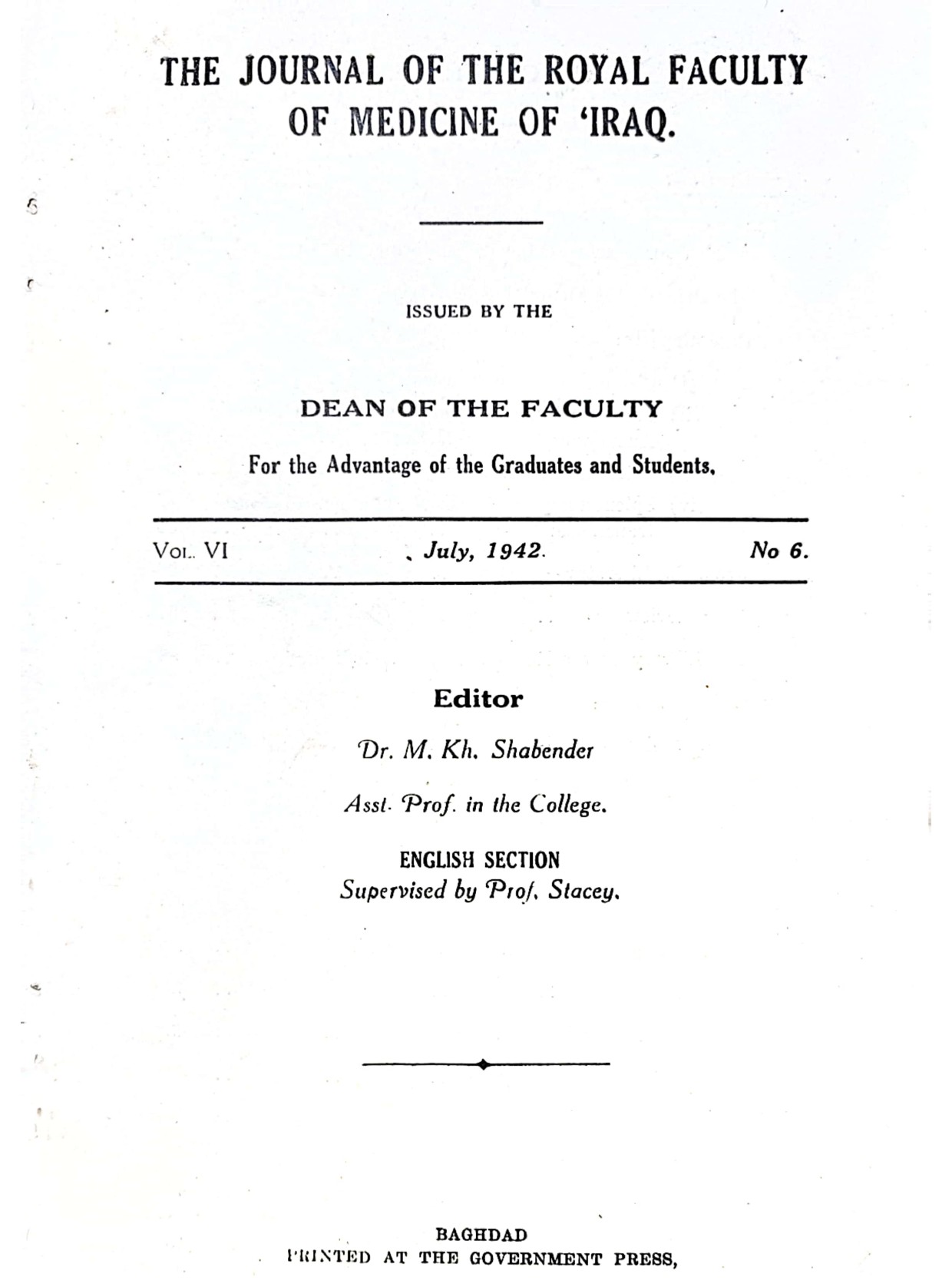College of Medicine in Baghdad – A Historical Perspective
Origins and Establishment
The conception of a medical college in Baghdad germinated in 1921 through the visionary efforts of the founders of the Iraqi Medical Association. These pioneers, having completed their medical studies abroad, embarked on a mission to advance medical education in their homeland. At that juncture, the nascent city of Baghdad housed only a meager cadre of nine Iraqi doctors, namely Dr. Sami Shawkat, Dr. Faik Shaker, Dr. Salman Ghazala, Dr. Hashim Al-Watari, Dr. Shaker Al-Sweidi, and Dr. Shawkat Al-Zahawi.
After extensive deliberations and scholarly pursuits, a comprehensive memorandum found its way to both Prime Minister Abdul Rahman Al-Naqib and the Secretary of King Faisal I. Responding to this clarion call for progress, the Royal Administration issued a historic decree in 1927, thereby inaugurating the College of Medicine under the epithet of the Iraqi Medical College, which was later bestowed the esteemed designation of the Royal Iraqi Medical College.
Inauguration
The dawning of a new era transpired on November 9, 1927, as the College of Medicine, an adjunct of Al-Albayt University, commenced its scholarly voyage. Guided by the indefatigable resolve of distinguished doctors, who had honed their expertise in Istanbul and returned to their homeland, including the illustrious names of Sami Shawkat, Hashim Al-Watari, and Saib Shawkat, alongside their English counterparts led by the esteemed Harry Sanderson. Nurtured within the confines of a makeshift wing at the Royal Hospital, the inaugural cohort comprised twenty zealous students, among whom shone Ehsan Al-Qaimaqchi, Abdul-Majid Al-Shaherboli, Hamid Shlash, Mazhar Mudhath Al-Zahawi, Jack Abboudi, and Karaji Rabie. Regrettably, only a dozen scholars successfully navigated the academic rigors and emerged as graduates from the inaugural batch in 1932, as some chose to veer from this scholarly odyssey.
Early Years
Steering the ship of knowledge during its early years was the venerable Dr. Harry Sanderson, who traversed the seas of duty from distant lands as part of the British campaign. In 1930, the college found its permanent abode, a majestic structure unveiled under the auspices of King Faisal I. Originally designed to span five years, the study program underwent augmentation and assumed a six-year duration in 1935, charting a new course of excellence in medical education.
First Dean
The first person to hold the position of Dean of the College of Medicine was Dr. Harry Sanderson, who had come with the British campaign to Iraq.
Official Emblem
The official emblem of the college was conceptualized and designed by Mrs. Al-Zi, the spouse of Dr. Sandarsan Pasha, a British physician who served as the institution's inaugural Dean. The design is centered on the symbolic representation of the two great rivers, the Tigris and the Euphrates, depicting their confluence to form the Shatt al-Arab.
Flanking the rivers is the winged bull, an iconographic symbol of Mesopotamia (the land between the rivers). This element signifies one of the earliest known human civilizations and a foundational locus for the practice of medicine. The emblem also integrates a book and a serpent, which is a universal symbol of medicine.
Thus, the emblem embodies a scholarly and civilizational orientation, synthetically linking the nation's profound heritage with contemporary knowledge.
Expansion and Postgraduate Studies
The College of Medicine in Baghdad embarked on an ambitious voyage of expansion, casting its net wider to offer postgraduate studies in over thirty specialized disciplines. A beacon of progress, it played an instrumental role in fostering the establishment of several medical colleges across the nation, including the illustrious Mosul and Basra Colleges of Medicine, further substantiating its commitment to nurturing the blossoming generation of medical scholars.
Medical Journal
Among the venerable accomplishments of the College of Medicine lies the distinguished medical journal, a vanguard of knowledge dissemination, harkening back to its inception in the annals of 1932. In its nascent stages, the journal focused on chronicling faculty news and critical decisions but sought refinement in its scholarly pursuit. Since 1959, the journal embarked on a relentless trajectory of publishing comprehensive research summaries by esteemed faculty members, gradually garnering an envious reputation within the scholarly community.




